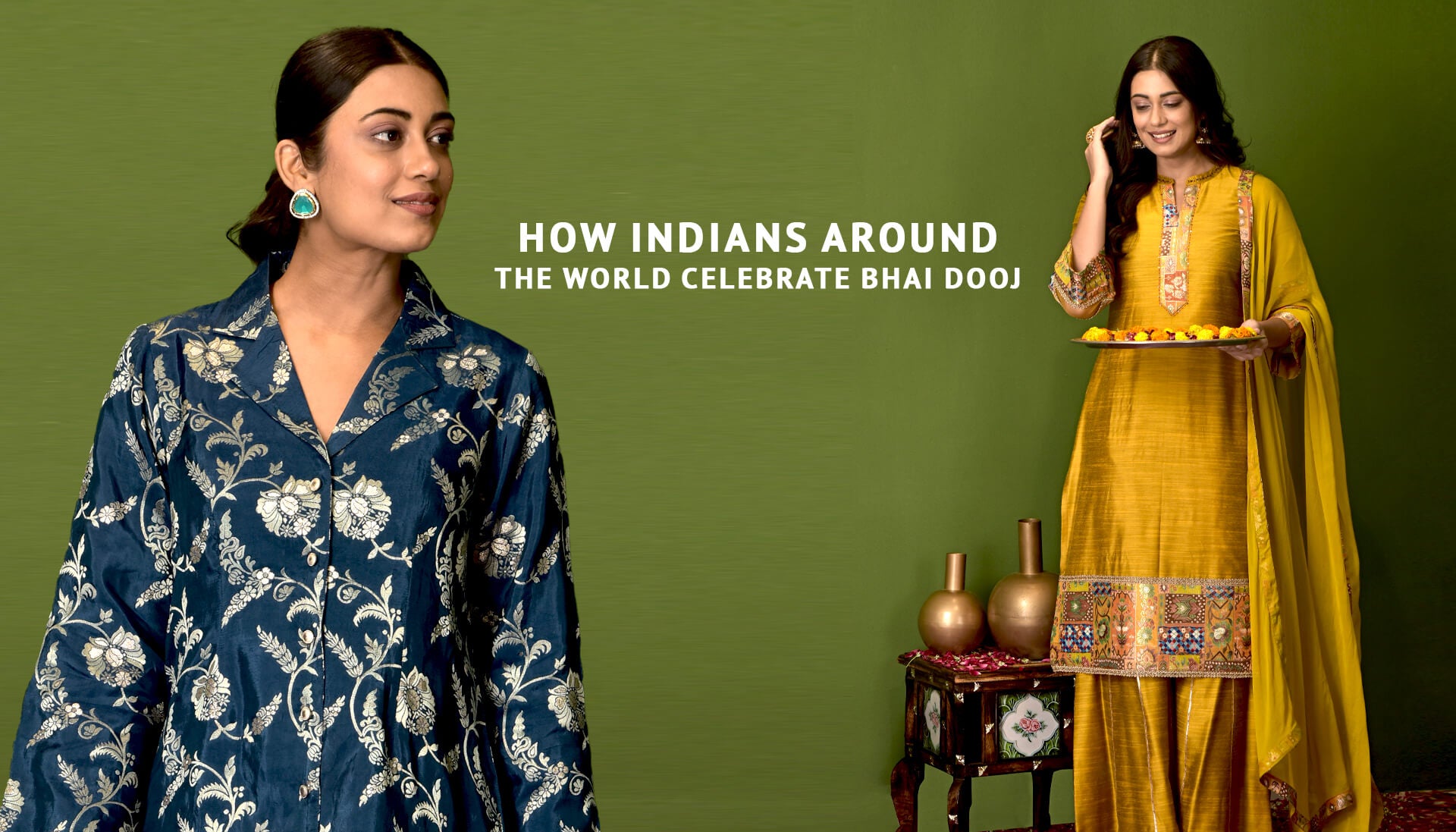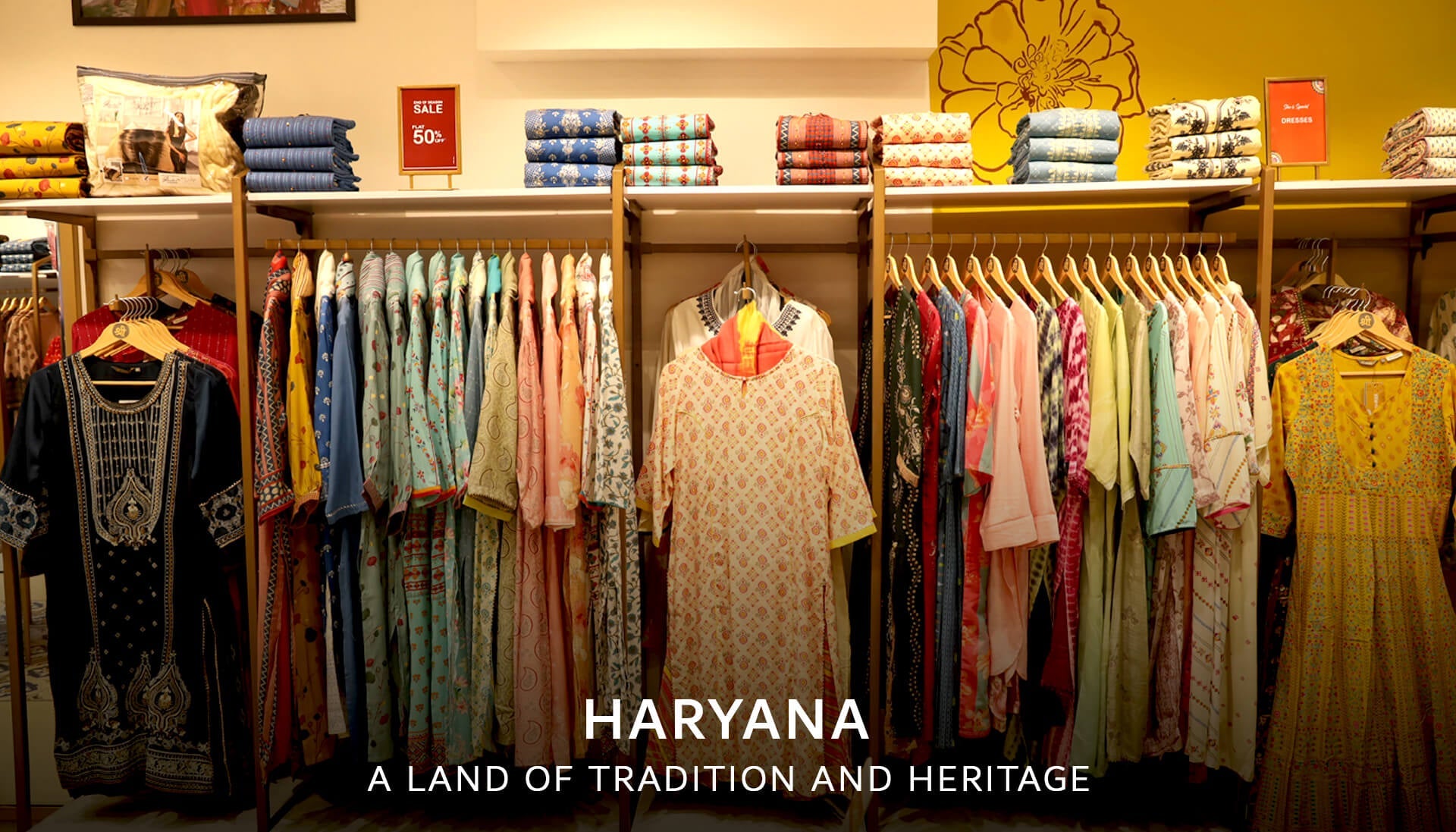Significance, Rituals, Myths And Tradition Of Chhath Puja
Chhath Puja, a significant festival primarily celebrated in Bihar and other parts of North India, particularly by the Bihari diaspora worldwide, is dedicated to the Sun God (Surya) and his wife, Usha. It is a festival that honors the natural elements, fostering a connection between humanity and nature. As we delve into the rituals, significance, myths, and traditions of Chhath Puja, we will uncover the rich cultural tapestry that makes this festival unique.
Historical Significance of Chhath Puja
The roots of Chhath Puja can be traced back to ancient Vedic traditions, making it one of the oldest festivals in India. The festival is believed to symbolize the importance of the Sun in agricultural society, representing the cycle of life and sustenance. In many ways, the festival emphasizes gratitude towards the Sun for its life-giving energy, which is crucial for crop growth and prosperity.
The Vedas mention several references to Surya, reflecting the reverence ancient cultures had for the Sun as a deity of health and wealth. The festival’s timing corresponds with the harvest season, marking a period of gratitude for the bountiful yields.

Chhath Puja spans four days, each day holding specific rituals that followers observe meticulously. Here’s a detailed look at the rituals associated with each day:
Day 1: Nahay Khay
The festivities commence with Nahay Khay, where devotees take a holy dip in rivers or water bodies to purify themselves. They prepare a meal of seasonal vegetables, primarily consisting of raw bananas, and eat it as a sign of purity. The preparation of the food is done in an earthen pot, emphasizing the traditional methods of cooking. This day symbolizes the cleansing of the body and soul, marking the beginning of the festivities.

The second day is known as Kharna, which involves fasting throughout the day. Devotees break their fast in the evening after offering prayers to the setting Sun. They prepare kheer (a rice pudding), along with roti (flatbread), and distribute it among family and friends. This day signifies the importance of sharing and community spirit. The preparations and offerings reflect the essence of togetherness and gratitude.
Day 3: Sandhya Arghya
The third day, known as Sandhya Arghya, is dedicated to offering prayers to the Sun God during sunset. Devotees gather by the riverbank with offerings that include fruits, sweets, and thekua (a traditional sweet made from wheat flour and jaggery). The ritual involves standing in water while offering Arghya (water) to the setting Sun. This day marks the peak of devotion, showcasing the commitment of devotees to their beliefs.
Day 4: Usha Arghya
The final day, Usha Arghya, is characterized by offering prayers to the rising Sun. Early in the morning, devotees gather once again at the riverbank to perform the final rituals. They sing traditional songs, showcasing their devotion and respect for the Sun God. The day concludes with a community feast, where families come together to celebrate the successful completion of the rituals.

Like many festivals, Chhath Puja is steeped in myths and legends that add depth to its significance. One of the most popular legends associated with the festival is the story of Mahatma Karna, a character from the Mahabharata. Karna, known for his unwavering loyalty and generosity, worshipped the Sun God to attain strength and prowess in battles. It is believed that he performed Chhath Puja to express gratitude for the Sun's blessings.
Another prominent story is that of Chhathi Maiya, a goddess worshipped during the festival. According to local folklore, she is believed to bless devotees with prosperity and the fulfillment of wishes. Many families recount tales of her divine intervention in their lives, strengthening the bond of faith among the community.
Cultural Traditions of Chhath Puja
Chhath Puja is not just about rituals; it embodies cultural traditions that have been passed down through generations. The festival fosters a sense of community and family bonding.
Community Participation
One of the hallmarks of Chhath Puja is its communal aspect. People from different backgrounds come together to celebrate, showcasing unity and harmony. This is particularly evident at riverbanks, where communities gather to perform rituals collectively. The collective prayers, songs, and dances create an atmosphere of joy and reverence.

During Chhath Puja, traditional attire plays a significant role. Women often wear vibrant banarasi silk suits, bandhani anarkali suit sets, or lehenga cholis adorned with intricate designs. The choice of clothing reflects the cultural richness of the festival. Men typically wear kurta sets or dhotis, emphasizing traditional styles. The attire adds a festive spirit to the celebrations, enhancing the overall ambiance.
For the best Chhath Puja look, many women opt for banarasi silk anarkali suits, banarasi silk jacquard salwar kameez, or crop top and skirt sets that exude elegance and grace. These outfits not only symbolize the cultural heritage but also embody the festive spirit of Chhath Puja.
Traditional Music and Dance
Music and dance are integral components of Chhath Puja. Devotees often sing traditional folk songs, praising the Sun God and expressing their devotion. These songs, passed down through generations, reflect the cultural essence of Bihar. The rhythmic beats of dhol (drums) and the melodic tunes create an uplifting atmosphere, fostering a sense of community and joy.
The Environmental Significance of Chhath Puja
Chhath Puja is also noteworthy for its emphasis on environmental consciousness. The rituals, which involve bathing in rivers and offering prayers to natural elements, highlight the importance of preserving water bodies and nature. Devotees are encouraged to clean their surroundings and maintain the sanctity of the rivers. This practice promotes awareness about environmental issues, urging the community to protect and cherish nature.

Modern Adaptations of Chhath Puja
As society evolves, so do the traditions associated with Chhath Puja. With the advent of technology and urbanization, some rituals have adapted to modern lifestyles. While the essence of the festival remains unchanged, urban families may celebrate in smaller gatherings or adapt rituals to fit their schedules. However, the core values of gratitude, devotion, and community spirit continue to thrive, reinforcing the importance of traditions in contemporary society.
Chhath Puja is more than just a festival; it is a celebration of life, nature, and community. With its rich history, profound rituals, and deep-rooted cultural significance, the festival holds a special place in the hearts of many. As we celebrate Chhath Puja in 2024, it’s essential to honor the traditions, embrace the communal spirit, and express gratitude towards the natural elements that sustain our lives.
The stories, rituals, and celebrations surrounding Chhath Puja reflect the resilience of cultural heritage, urging us to cherish our roots while adapting to the modern world. Whether through traditional attire, community participation, or the timeless rituals, Chhath Puja continues to inspire devotion and unity among people, transcending boundaries and fostering a sense of belonging.
As we immerse ourselves in the vibrant festivities of Chhath Puja, let us carry forward the essence of gratitude, respect for nature, and community spirit, ensuring that these values are passed down to future generations.
FAQs
1. What is Chhath Puja?
Chhath Puja is a Hindu festival primarily celebrated in Bihar, Jharkhand, and parts of Uttar Pradesh and Nepal, dedicated to the Sun God (Surya) and his wife, Usha. The festival lasts for four days and involves various rituals, including fasting, bathing in rivers, and offering prayers to the rising and setting Sun. It symbolizes gratitude towards nature and the Sun's life-giving energy.
2. When is Chhath Puja celebrated?
Chhath Puja is celebrated on the sixth day (Chhath) of the month of Kartika in the Hindu calendar, which usually falls in October or November in the Gregorian calendar. The dates may vary each year, so it is advisable to check the specific dates for Chhath Puja 2024 or any upcoming year.
3. What are the main rituals associated with Chhath Puja?
Chhath Puja involves several key rituals, including:
-
Nahay Khay: Taking a holy dip in water and consuming a simple meal.
-
Kharna: Fasting throughout the day and breaking the fast in the evening after offering prayers to the setting Sun.
-
Sandhya Arghya: Offering prayers to the setting Sun with specific offerings.
-
Usha Arghya: Praying to the rising Sun the next morning.
Each ritual holds its significance and is performed with utmost devotion.
4. What traditional foods are prepared during Chhath Puja?
Traditional foods prepared during Chhath Puja include kheer (rice pudding), thekua (a sweet made from wheat flour and jaggery), and various seasonal fruits and vegetables. These dishes are often cooked in earthen pots, symbolizing simplicity and respect for nature. Sharing these delicacies with family and friends is also an essential part of the celebrations.
5. Why is cleanliness important during Chhath Puja?
Cleanliness is of utmost importance during Chhath Puja as it reflects purity and respect for the rituals and offerings. Devotees clean their homes, surroundings, and the riverbanks where they perform the rituals. This practice emphasizes the connection between spirituality and environmental consciousness, promoting the idea of keeping nature and oneself clean and sacred.
6. What traditional attire is worn during Chhath Puja?
During Chhath Puja, women typically wear traditional outfits such as banarasi silk suits, anarkali suits, and lehenga cholis adorned with intricate designs. Men often wear kurta sets or dhotis. The choice of attire adds to the festive spirit and cultural richness of the celebration, with many opting for vibrant colors and traditional styles.



